When the Reserve Bank of New Zealand decided to replace its outdated service portal, Change Gear, with Jira Service Management (JSM), the focus was on addressing key issues such as a clunky interface, limited automation, and confusing forms.
I was brought in to design a support experience that worked for both RBNZ staff and service teams. With the rollout of the new platform, we had the opportunity to shape an experience that was simpler, enabled user to get help faster and consistent.
I led the end-to-end UX work including research, synthesis, ideation and interface design. My biggest contributions included:
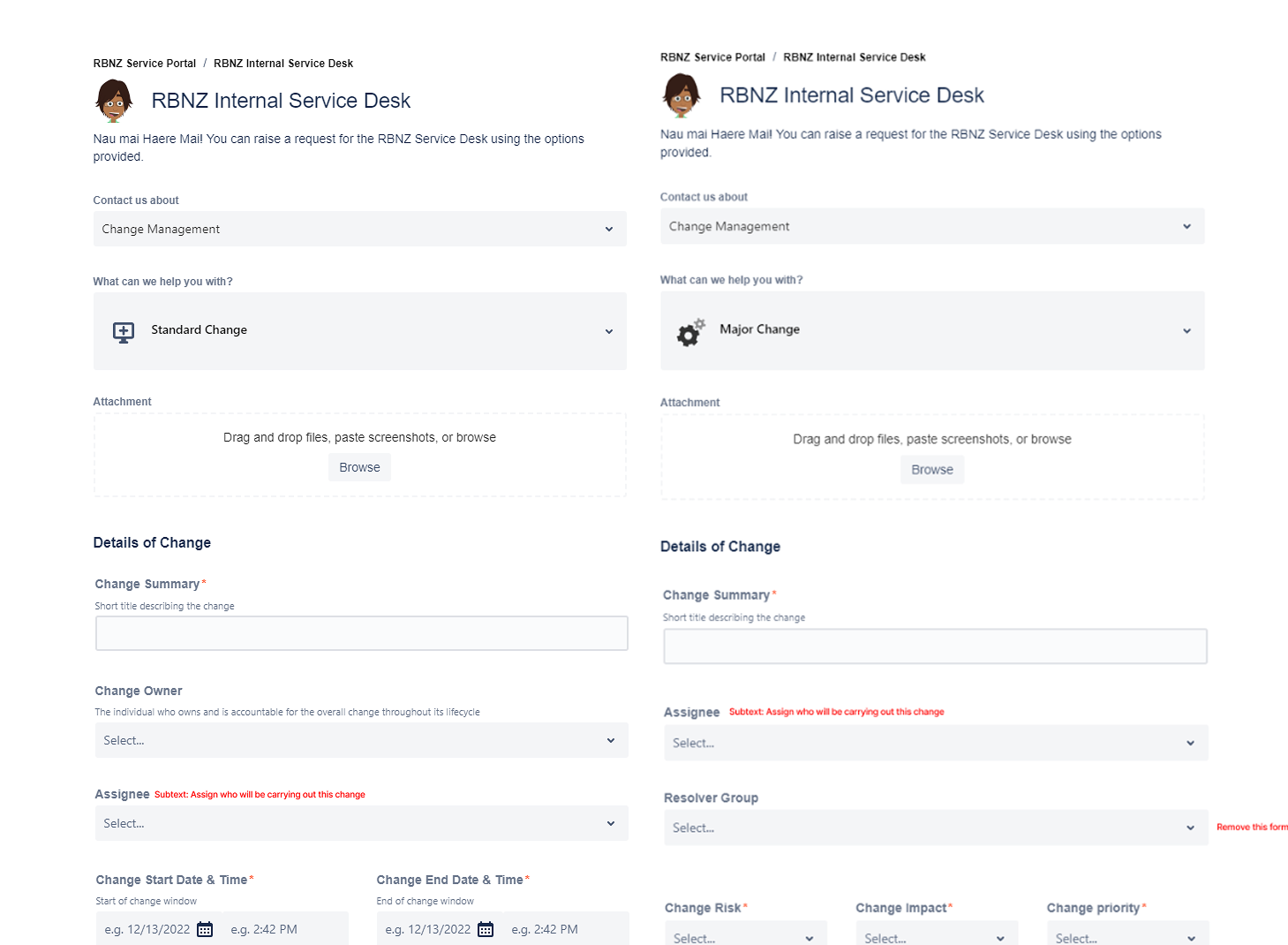
.png)
To ground the design in real user needs, I carried out mixed-methods research plan including:
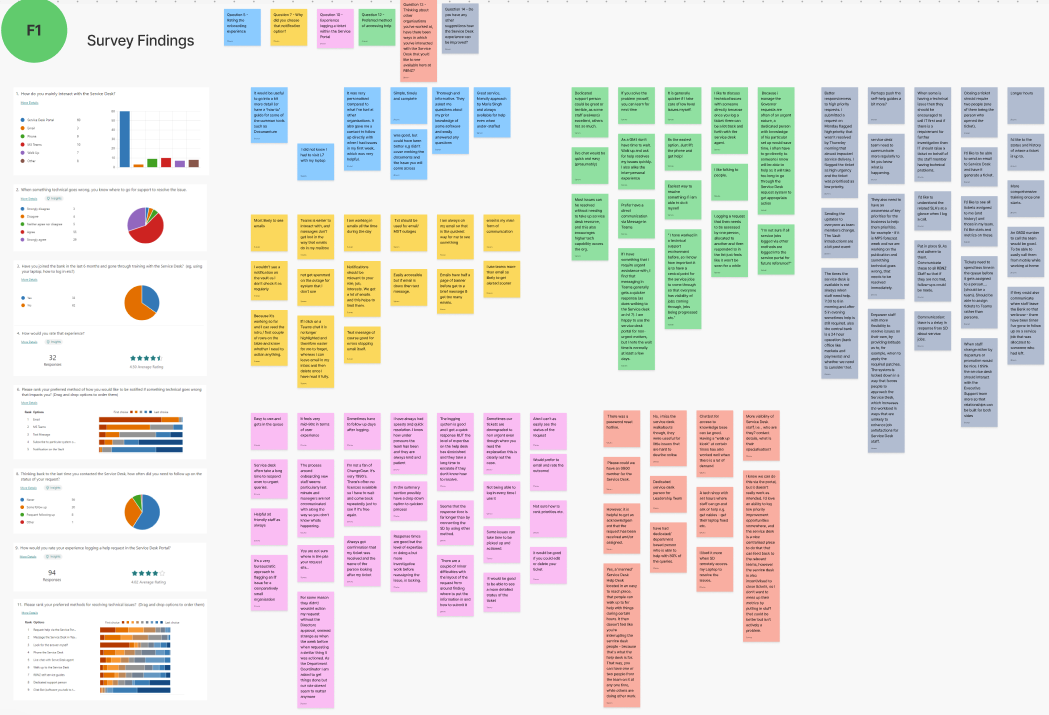
I synthesised findings in Figjam, running playback sessions stakeholders to gain alignment. Key themes that emerged were:
These insights were framed into problem statements which could be used to inform the design of the new platform.

Using "How Might We" prompts, I facilitated ideation sessions that led to 13 design concepts. These were prioritised based on feasibility and impact. I collaborated closely with the internal project team and the development agency to evaluate if ideas were where possible to implement. A chalenge we faced was that many of the solutions fell outside of the scope of the project or couldn't be implemented within Jira Service Management.
A number of ideas were placed on roadmap for future development while none product focused ideas were handed over to the Service Desk Manager to implement.
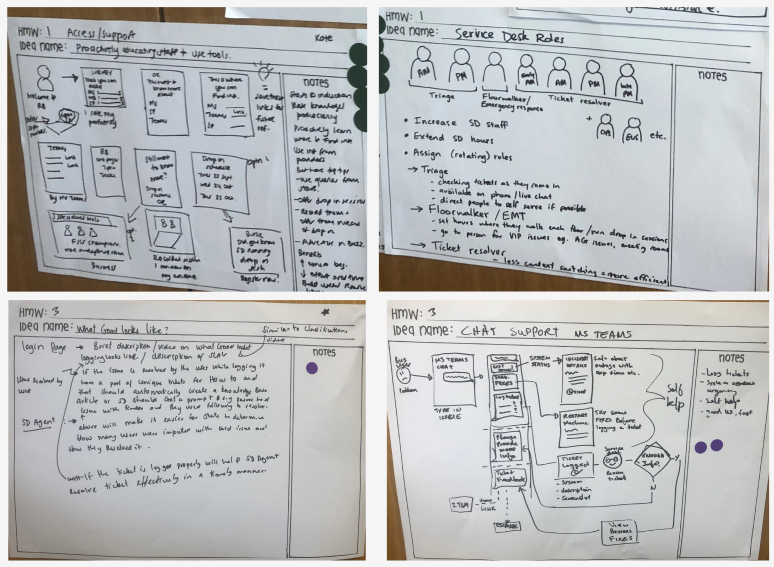
One of the highest-impact deliverables was the full redesign of the support forms (over 50 forms).
.PNG)
To tie everything together, I created two foundational artefacts:
These became decision-making tools for leadership and delivery partners.
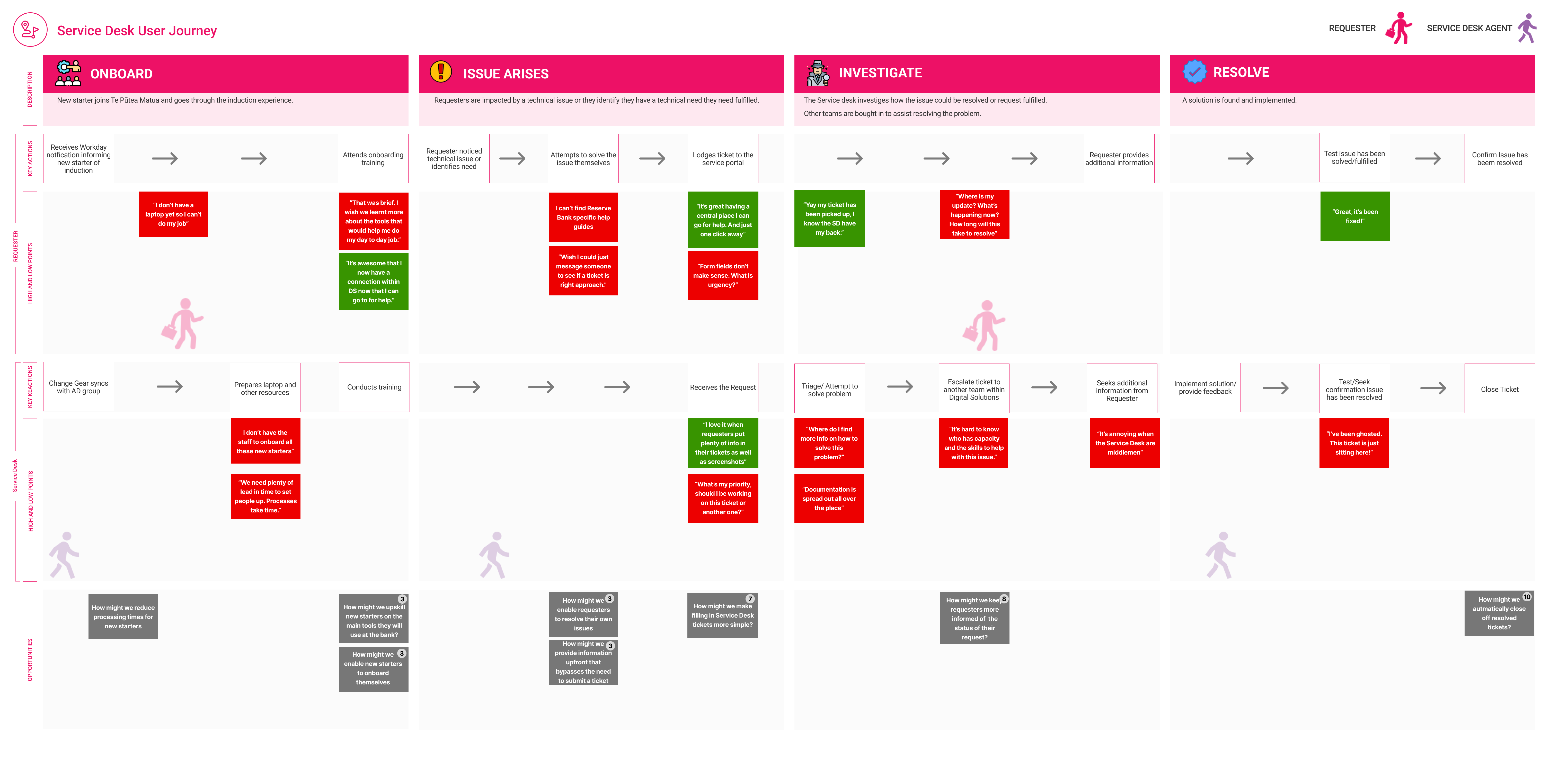
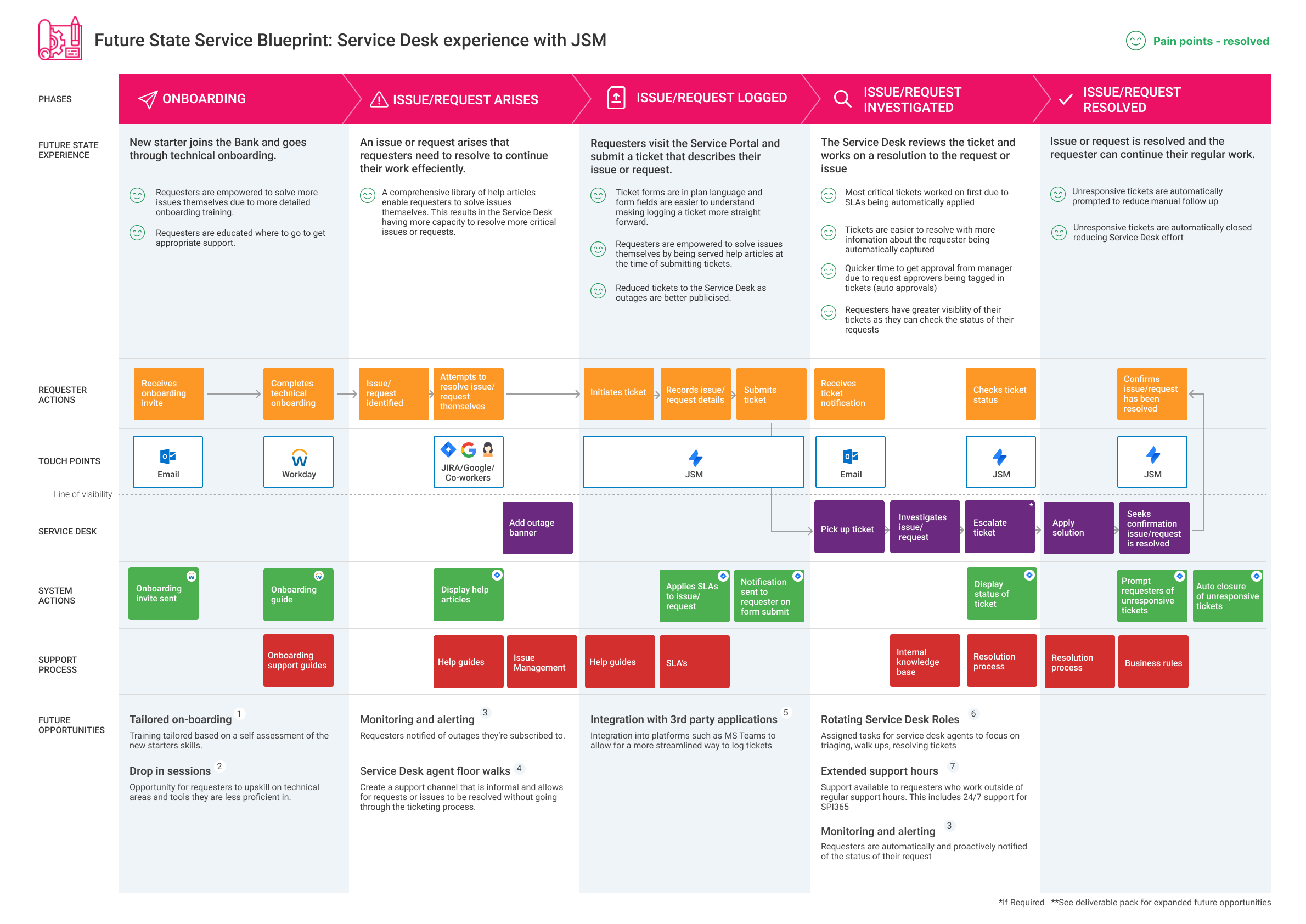
My involvement on the project resulted in:
This project reminded me that even within strict platform constraints, good design can thrive. By focusing on simplicity, understanding of end users needs and working in a collaborative manner with numerus stakeholders, we created an experience that wasn’t just functional, but easy to use and effective in people getting the help they need.
As Shaun Smith, Manager of Business Engagement, said:
“You didn’t just improve forms, you reshaped the entire way we think about our service.”
Email: steven.jasionowicz@gmail.com
Mobile: +64 27 411 9051